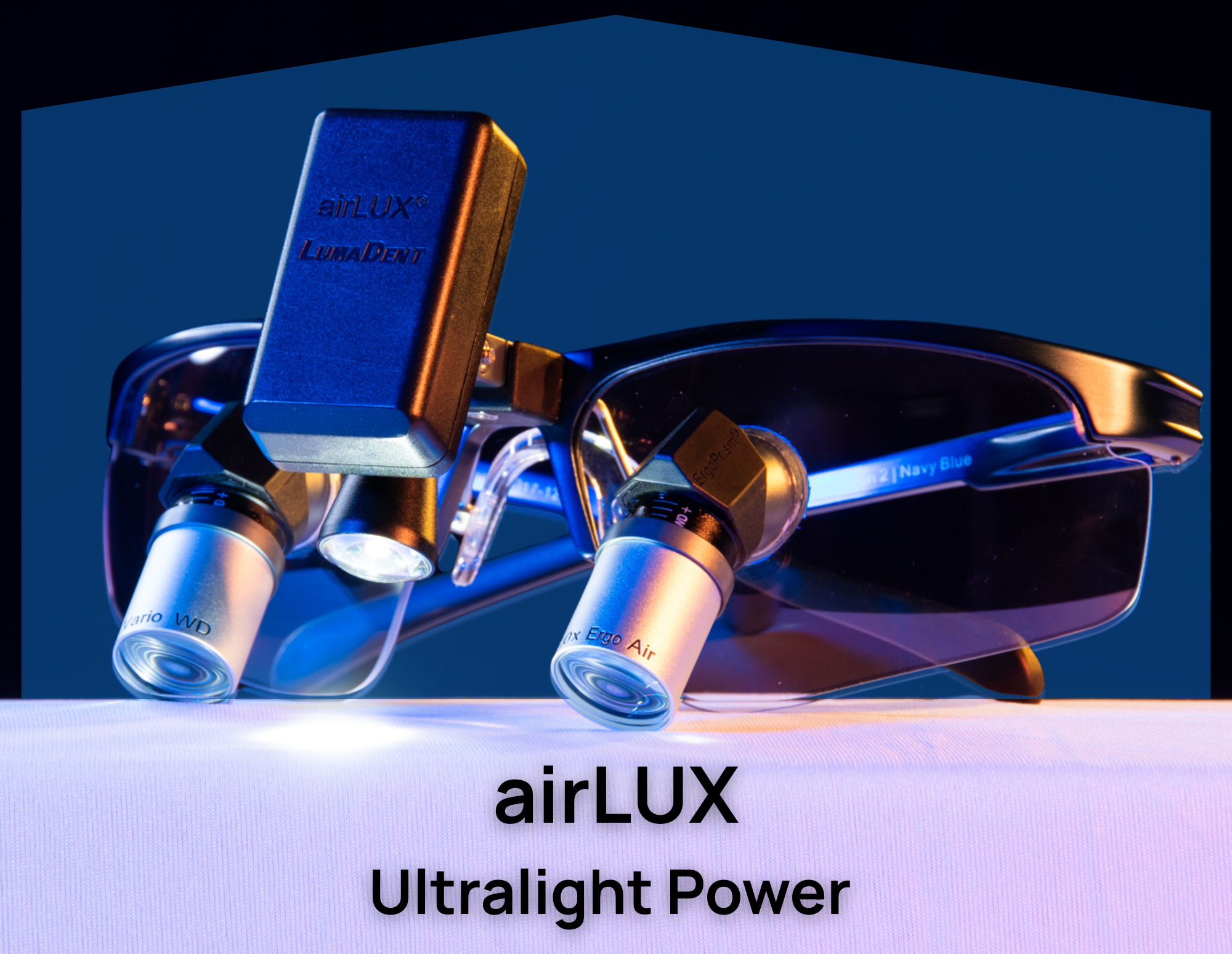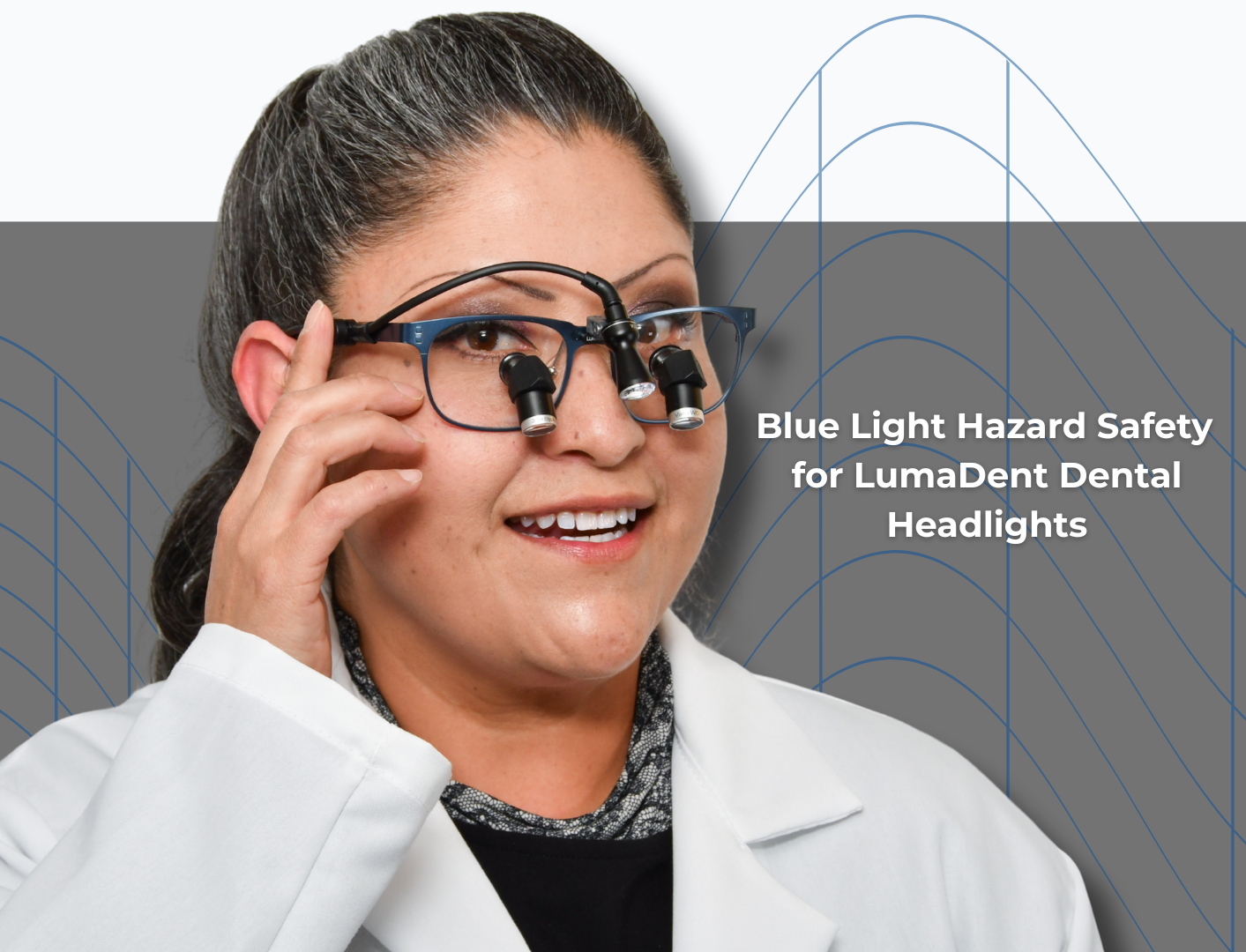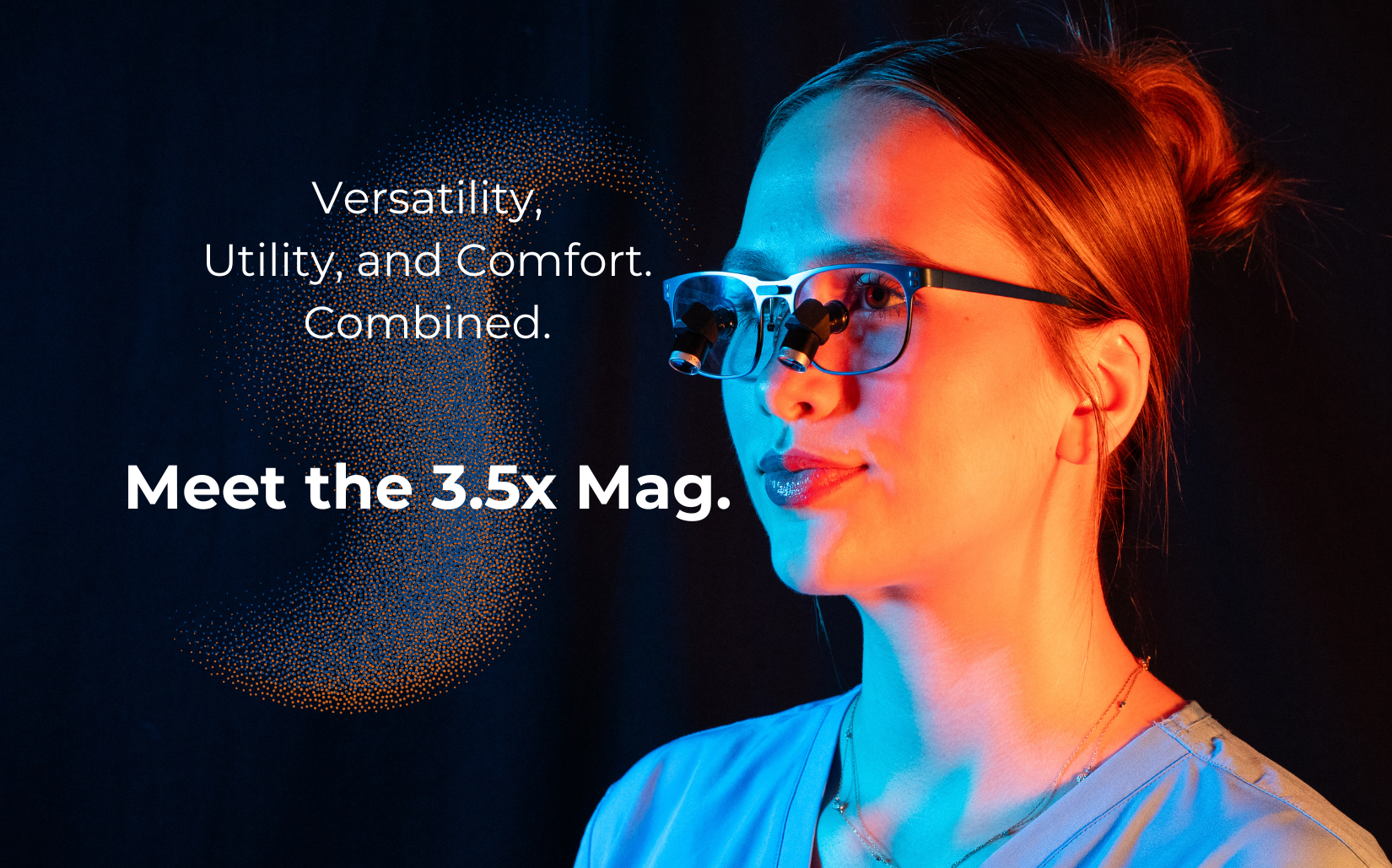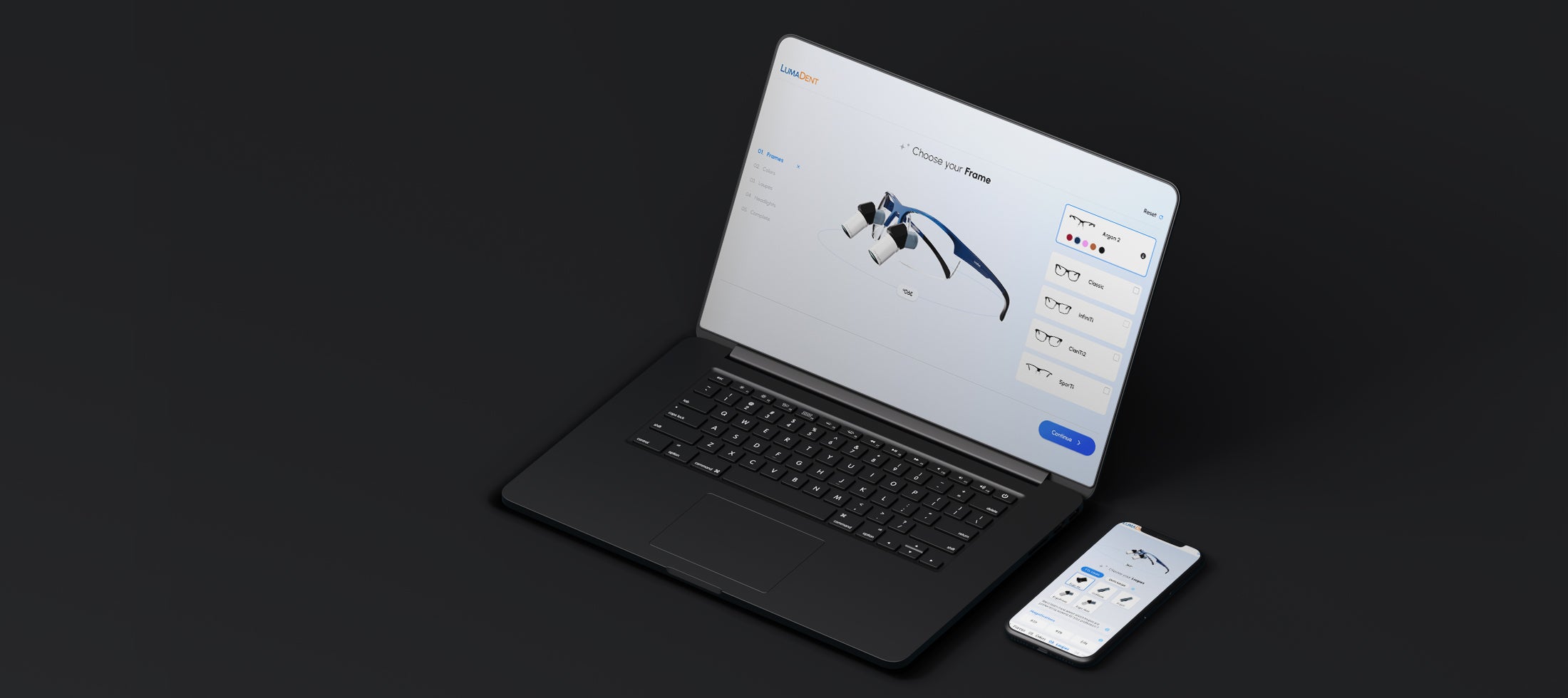A clear, standards-based look at how we assess and validate blue-light safety in our clinical headlights.
Are Your Dental Headlights Safe?
At LumaDent, your safety is our top priority. We know that as a clinical professional, you rely on our headlights for hours every day. That's why we rigorously test our products to ensure they meet strict international eye safety standards.
This guide breaks down the Blue Light Hazard graph we’ve shared here, explaining in simple terms how we verify that LumaDent dental headlights are safe for your eyes during prolonged use.

What is the "Blue Light Hazard" and Why does it matter?
The light from the sun is made up of a whole spectrum of colors. While most light is harmless, certain parts can be damaging if they're too intense, like UV rays.
The "Blue Light Hazard" refers to potential retinal injury caused by very high intensities of blue light, specifically within the 400–500 nm range. While the relevant standard's weighting function extends from 300–700 nm, the primary concern remains within the blue spectrum. To ensure safety, the global standard IEC 62471 establishes conservative exposure limits for optical radiation, defining how much of this specific blue light a device can safely emit.
Our Testing Methodology for Headlights
We capture the spectral irradiance of our dental headlight systems over a range from 350 to 950 nm using calibrated instrumentation. The spectral irradiance indicates the power emitted at each wavelength. Output below 350 nm is negligible for these LEDs and is treated as zero in the calculation.
- We measure the spectral output across 350–950 nm: We use calibrated equipment to measure the exact amount and color of the light coming from our headlights.
- We apply the IEC 62471 blue-light hazard weighting function B(λ): This function gives the greatest weight to wavelengths near 435–440 nm and progressively down-weights light at longer and shorter wavelengths, approaching zero by ~700 nm and below ~400 nm. Light outside the peak still counts a little if B(λ) assigns a non-zero weight.
- We calculate the total hazard: By applying the blue-light hazard weighting function B(λ) to our headlight’s output, we calculate a final, single number that represents the total blue-light hazard. This gives us a clear score we can measure against the international safety limit.
Understanding Our Safety Graph
Our "Spectral Irradiance and Blue Light Hazard" graph gives you a visual breakdown of our test results. Here’s what each part means:
- Blue Area (The Headlight's Full Spectrum across the plotted range): This shows the light the headlight produces over the displayed range. A taller trace means more light at that wavelength.
- Red Curve (The Official "blue-light hazard weighting function (B(λ))"): This curve represents the official weighting function from the IEC 62471 standard. It peaks where the eye is most sensitive to blue light damage.
- Green Area (The Actual Hazard Level): This is the most important part. It shows our headlight's light after applying the IEC 62471 blue-light hazard weighting function B(λ). A smaller green area is better.
The calculation of this green area gives us our final score. Our testing process is designed to be transparent and thorough, and it follows international standards, so we share our methodology below.
Here’s the Formula we use
The B(λ) blue light hazard weighting function is formally defined in IEC 62471:2006, Table 2, as part of the methodology for assessing retinal photochemical injury. It represents the relative spectral effectiveness of blue light wavelengths in inducing retinal damage and is used globally in hazard evaluations. B(λ) peaks at ~435–440 nm and decreases steeply above 500 nm, approaching zero by ~700 nm. For high-resolution datasets (e.g., 1 nm increments), the function may be interpolated or implemented from tabulated values published within the standard.
Multiplying the spectral irradiance values by their corresponding B(λ) factors yields the blue-light weighted irradiance. We then integrate (sum) these weighted values across the 300-700 nm interval to calculate total blue light hazard exposure (denoted as EB).
Data points were recorded at 1 nm resolution (last calibration: August 2025).
Formula Used:

Where:
-
E(λ) is the spectral irradiance in mW/m²/nm
-
B(λ) is the blue light hazard weighting function (unitless)
- The result EB is in mW/m²
The Results: Safe for Continuous Use under IEC 62471 Test Conditions

Key Takeaways for You
Here is a quick summary of what our safety testing means for you:
- Eye Safety: LumaDent dental headlights are tested to IEC 62471 methodology for photobiological safety.
- Low Blue Light Hazard: Our headlights operate well below established limits for blue-light exposure, keeping you well within conservative limits for photochemical retinal injury.
- Designed for Clinicians: Our headlights are confirmed to be safe for long-term, continuous viewing in dental and surgical settings under the tested IEC 62471 geometry.
- Transparent Reporting: We provide this data to give you full confidence in the safety and quality of your equipment.
- Focus on What Matters: You can focus on providing excellent patient care, knowing your vision is protected and the headlights you use every day are safe.
Conclusion
Based on rigorous photometric testing, the LumaDent dental headlight system operates well within safe exposure thresholds defined by IEC 62471 for continuous viewing conditions. By providing a full spectral profile along with hazard-weighted calculations, we offer clinicians and safety evaluators a transparent and technically robust validation of product safety.
By engineering our headlights to reduce blue-light hazard while still delivering brilliant illumination, we provide a tool that’s effective and safe.
So get yours now and see what you need to for as long as you need. Click Here or the image below to browse our headlights and find the right one for you.





Share:
3.5x Magnification for Ergo Air Dental Loupes
airLUX: Wireless Ultralight Power for Dental Headlights